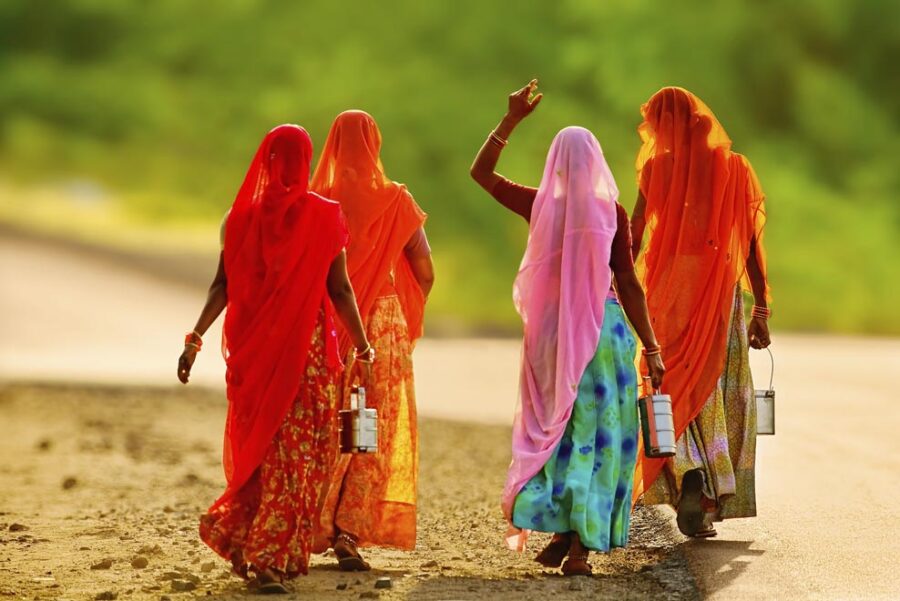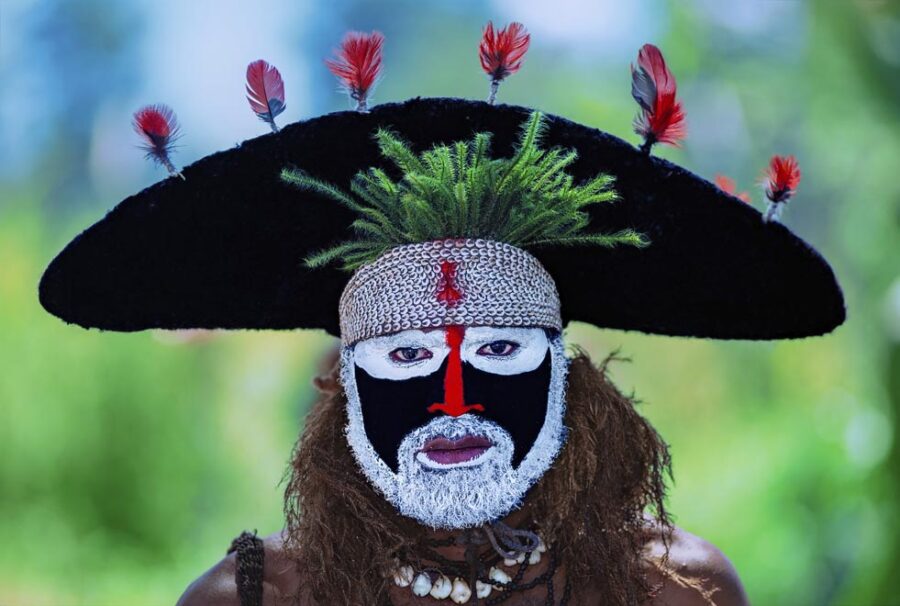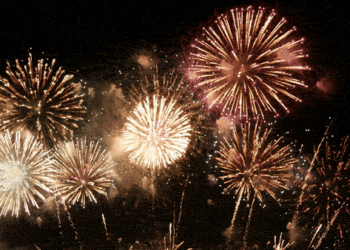
For the last twenty-five years, American photographer Eric Meola has lived in Sagaponack. Before that, he was based out of West Village, and the world was literally his studio. Often flying his equipment and himself to capture a Time magazine cover photo or just driving uptown to do a shoot with Paul and Linda McCartney at the Pierre Hotel in NYC, not to mention a Bruce Springsteen album cover, he has lived in the moment. Eric Meola has had his eye on the lens of change. He has documented many decades from the 1960s to the present time, using both film and digital photography.
He has just completed yet another book featuring his work titled “Bending Light: The Moods of Color” (available on Amazon). In a lengthy interview with Hamptons.com, Mr. Meola said, “When capturing a powerful landscape or what would you call a skyscape, I think the mistake that most people make is when they see something in front of them they may immediately take a photograph. I will revisit something and revisit it many times. I think you have to watch the light. You have to realize that whatever it is that you see, it changes throughout the day in terms of the time of year and the passage of time during the day. What you are attracted to at first might be quite spectacular, and you might be correct in photographing it then and there, but very often, I will come back to something over and over.”
He explained that since he was getting older it was time to organize his work. He said, “You forget what you’ve shot. You don’t have things organized. You’re so busy going from one job to another or one personal shoot to another that eventually you realize you might want to see your work collectively as a whole.”
He always wanted to do a retrospective. The ability to scan images forced him to start to do that and to look at his work in terms of its totality. Whether it was portraits, landscapes, or basically the different genres of work, he had worked with a famous art director by the name of Greg Wakabayashi. Mr. Meola said, “Greg and I have worked together on several projects, and he’s fantastic, and so we sat down with four or five hundred of my images that I had collated, and we started from there, and that’s how we started the edit (for Bending Light.) Over a lifetime there are different people who influence you when you’re going through certain periods of being an artist and so forth.”
His influences? Eric Meola said, “I’m going to start backwards. Mark Rothco, the painter, and Wassily Kandinsky, the painter, influenced me a lot. I love abstract work, so in terms of photography, Ernst Haas and Pete Turner were all big influences. Those people have influenced me the most. I have always been infatuated with the power of weather and storms. The book is about color and light, and what I am most proud of is the quality of the reproduction.

During the interview, Mr. Meola said that it’s very difficult to reproduce color accurately, especially when the color is subtle. Meola said he wants it “to be subtle, and when it’s not so subtle, he wants it to be not so subtle.” Getting the exact colors is very difficult because color prints are different from what you see with your eye. The book, “Bending Light: The Moods of Color,” was printed in Italy, and Meola believes the reproductions are “fantastic.” He added, “I think for anyone who’s interested in photography, it’s a great gift because it covers so many different aspects of photography, from landscapes to portraiture to abstracts and nature. The other part of the book is not the photographs. It’s the stories. Each photograph has a story. The stories are not based on what was done technically but based on what was going through my mind at the time before, during, and after I took the photograph.” About one-third of the illustrations in the book were shot with film, and two-thirds were digital.
Regarding the future, Eric Meola said, “So much has happened with photography in terms of the movement from film to digital with the use of Photoshop. I’m very positive about artificial intelligence myself. I think photographers are rightly worried that it’s going to be used to create a lot of photographs that aren’t real, and photography is looked at as an art that is all about truth and reality. I see artificial intelligence being used to create images that we can’t even imagine right now. I think it can be used in very positive ways to make kinds of photographs that are surreal and artistic, involving subjects that we can’t even anticipate. I believe we might actually turn out to embrace it at some point, not too far down the road.
Eric Meola has worked for popular magazines such as Life, Esquire, and Time, shooting editorial photos. He has also published Last Places on Earth and Born to Run: The Unseen Photos, which was published in 2006, and India: in Word and Image (2008). He is married to Joanna (McCarthy) Meola, who, besides now being a noted photographer, was also both a Ford and Wilhelmina model. His website is https://www.ericmeola.com.






